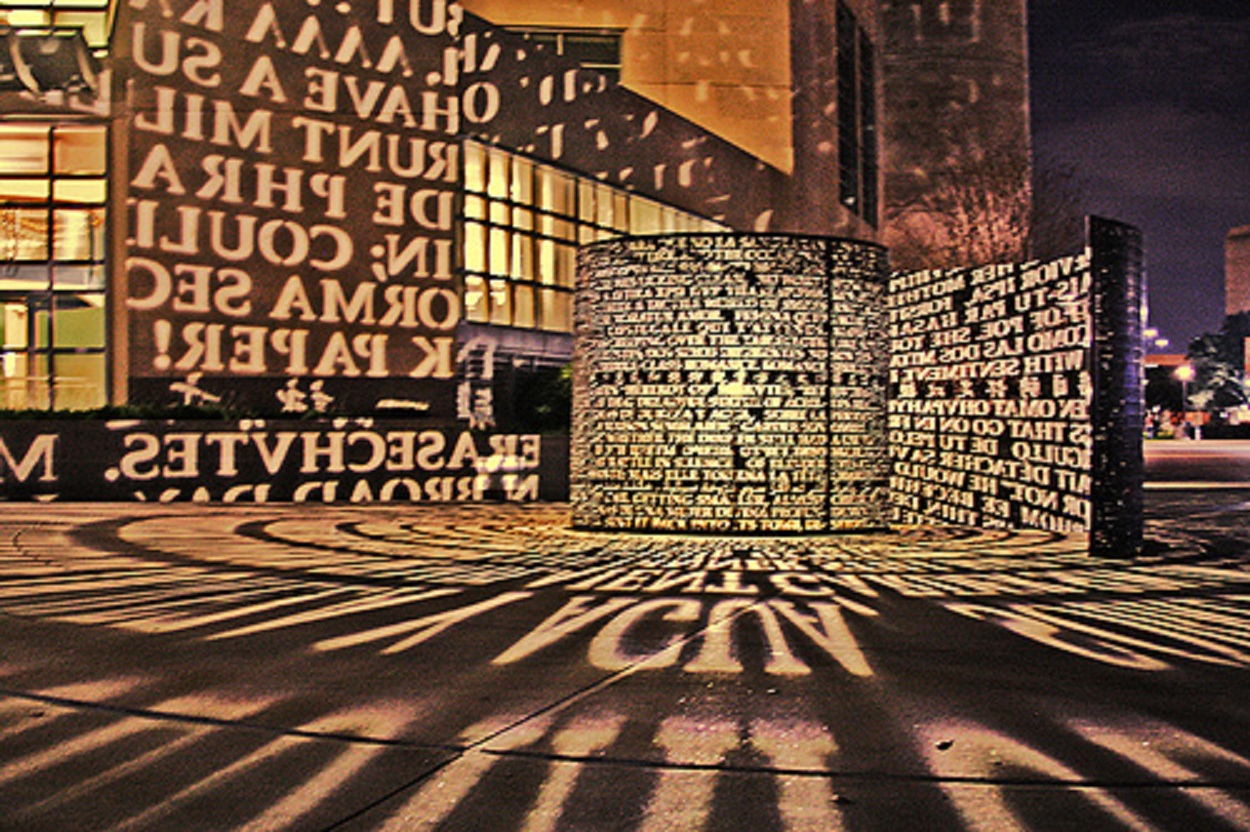A Reconceptualization of Faulkner’s Dilsey
Keywords:
Faulkner, The Sound and the Fury, Dilsey, God, Christ FigureAbstract
Regarding the character of Dilsey in The Sound and the Fury, William Falkner himself writes, “There was Dilsey to be the future, to stand above the fallen ruins of the family like a ruined chimney, gaunt, patient, and indomitable.” Dilsey, conspicuously different from the Compson family, serves as a foil for their obsolete values. Through her character, Faulkner touches on a wide range of Southern issues: religion, labor, declining aristocracy, and morality, among others. As frequently discussed in contexts of time and religion, she provides a perspective which surpasses that of the Compson children’s narrations, evidenced in her well-known proclamation, “I seed de first en de last, … I seed de beginnin, en now I sees de end.” Recently, Dilsey’s relationship with time and religion have been discussed in separate contexts. Older criticism points to the intersection of these two principles as crucial to understanding Faulkner’s views on temporal space. In becoming what some critics have called an Alpha and Omega, she is able to perceive more than the past, present, and future, but eternity itself. However, the effects of this insight on her personal identity have been ignored. I propose, in consideration of the novel as a whole and Faulkner’s fifth narration, the appendix, Dilsey not only demonstrates her dynamism as a character, but a departure from tractable subservience. Her newfound temporal perspicacity does not result in Christ-like altruism; rather it ultimately transforms her selflessness into egoistic disregard for the Compson family.




